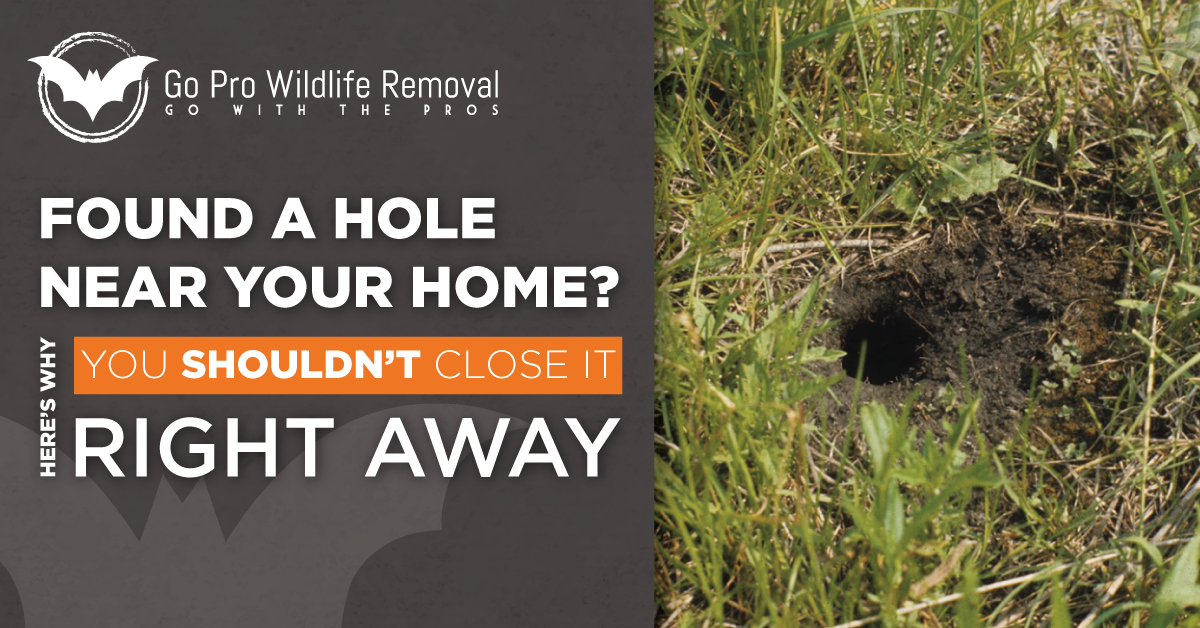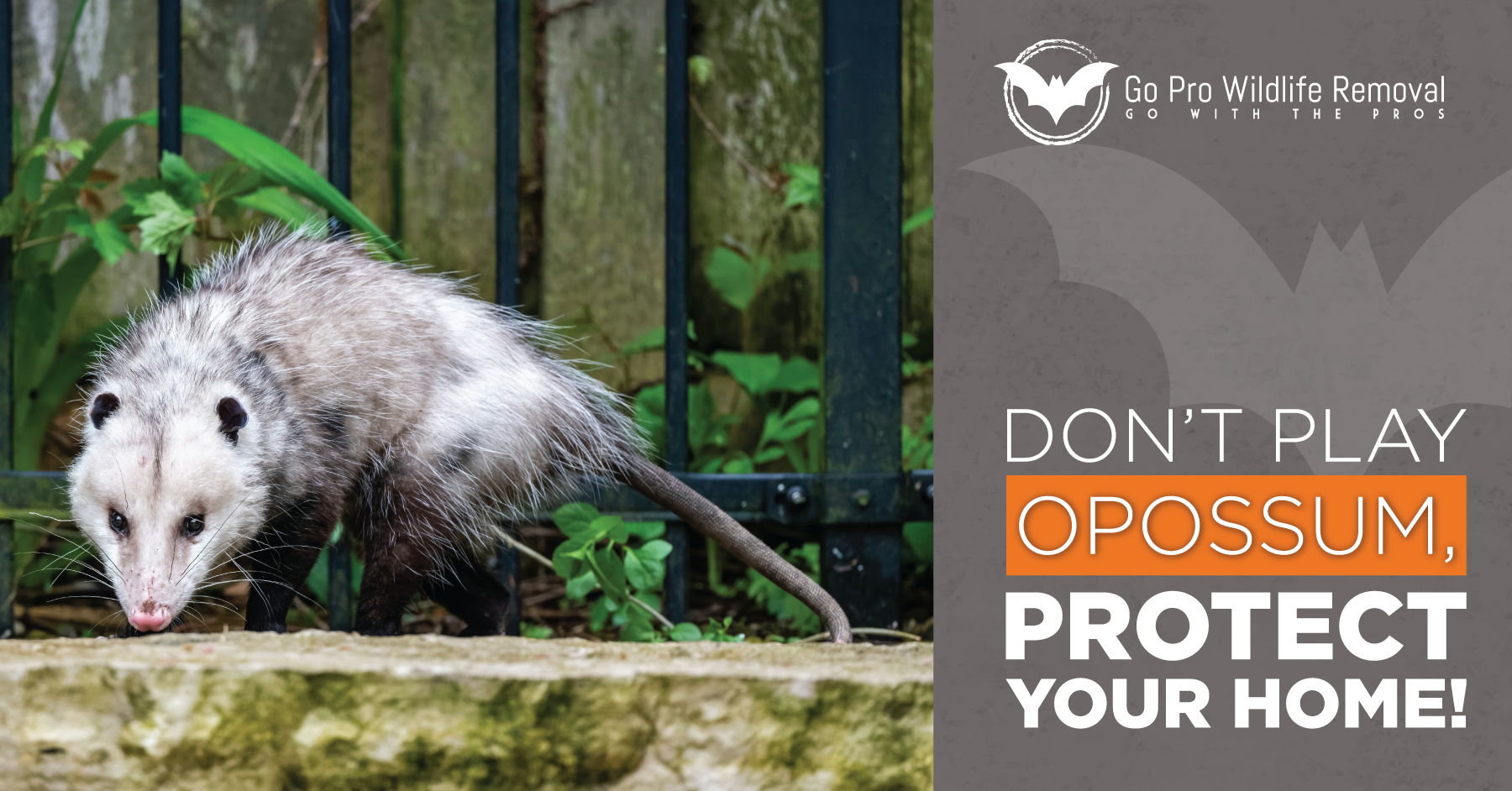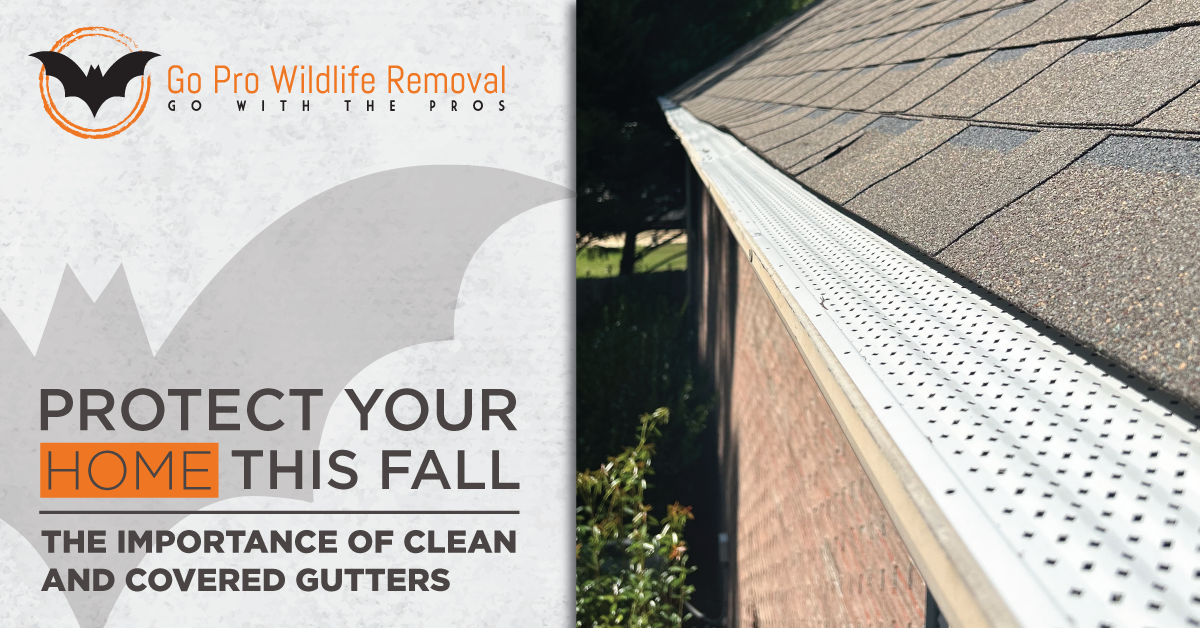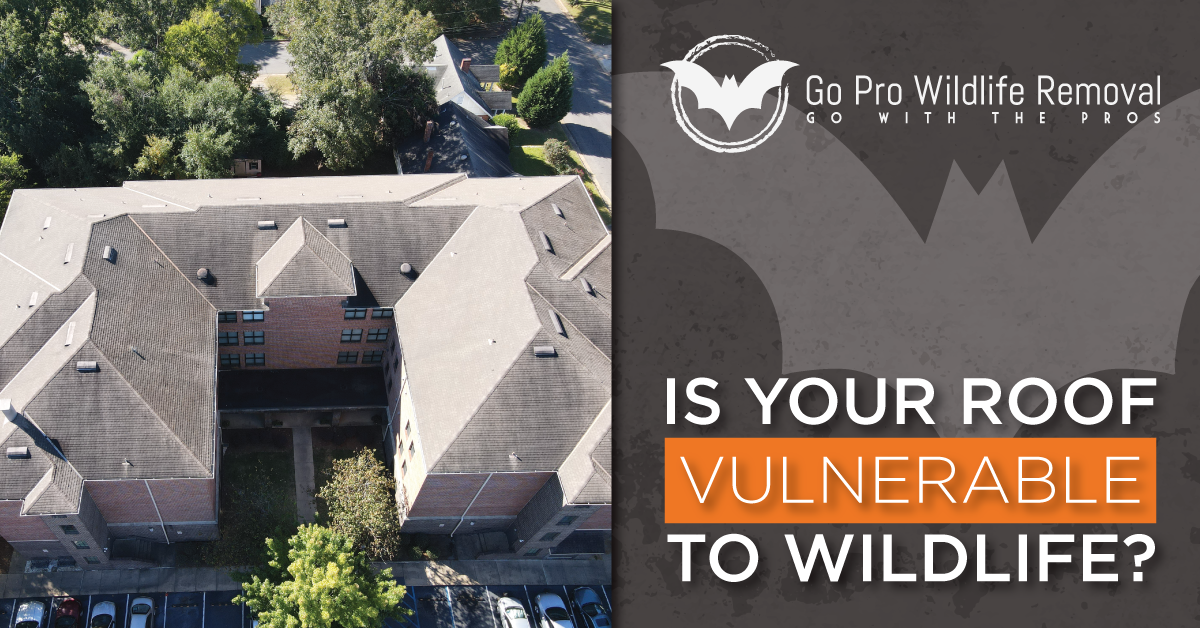by TRIND Design
Share
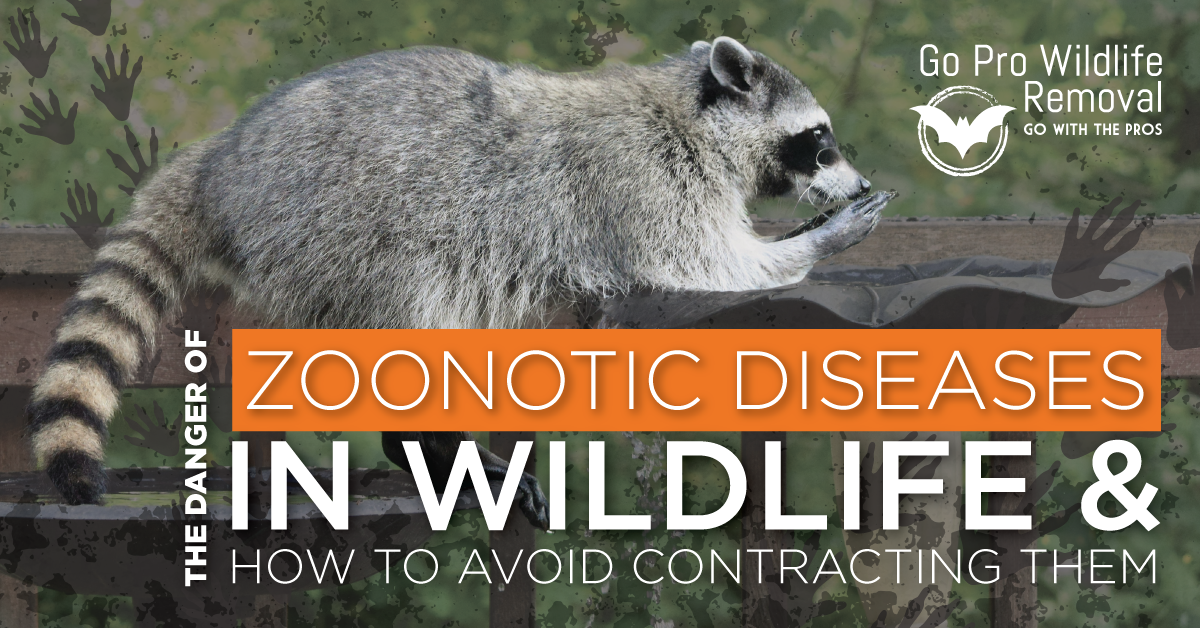
The Danger of Zoonotic Diseases in Wildlife and How to Avoid Contracting Them
While many people are aware of the visible impact wildlife can have—such as rummaging through trash or causing property damage—it’s also important to understand the potential health risks associated with close contact. Zoonotic diseases are illnesses that can be transmitted between animals and humans. Some examples include Hantaviruses, Histoplasmosis and Raccoon roundworm. These diseases are caused by various pathogens such as viruses, bacteria, parasites and fungi, which may be present in areas where wildlife frequent. Practicing good hygiene, such as regular handwashing and understanding how infections spread, can help reduce the risk of illness and promote a safer living environment.
Hantavirus: Avoiding Contact
According to the Centers for Disease Control and Prevention (CDC), Hantaviruses are a group of viruses, with hantavirus pulmonary syndrome (HPS) being the most commonly reported in the United States. These viruses are primarily associated with certain rodent species, such as deer mice, and can be transmitted to humans through contact with rodent droppings, urine or saliva—especially when these materials become airborne as dust. Early symptoms of HPS may include fatigue, fever and muscle aches, followed by coughing and shortness of breath within a few days.
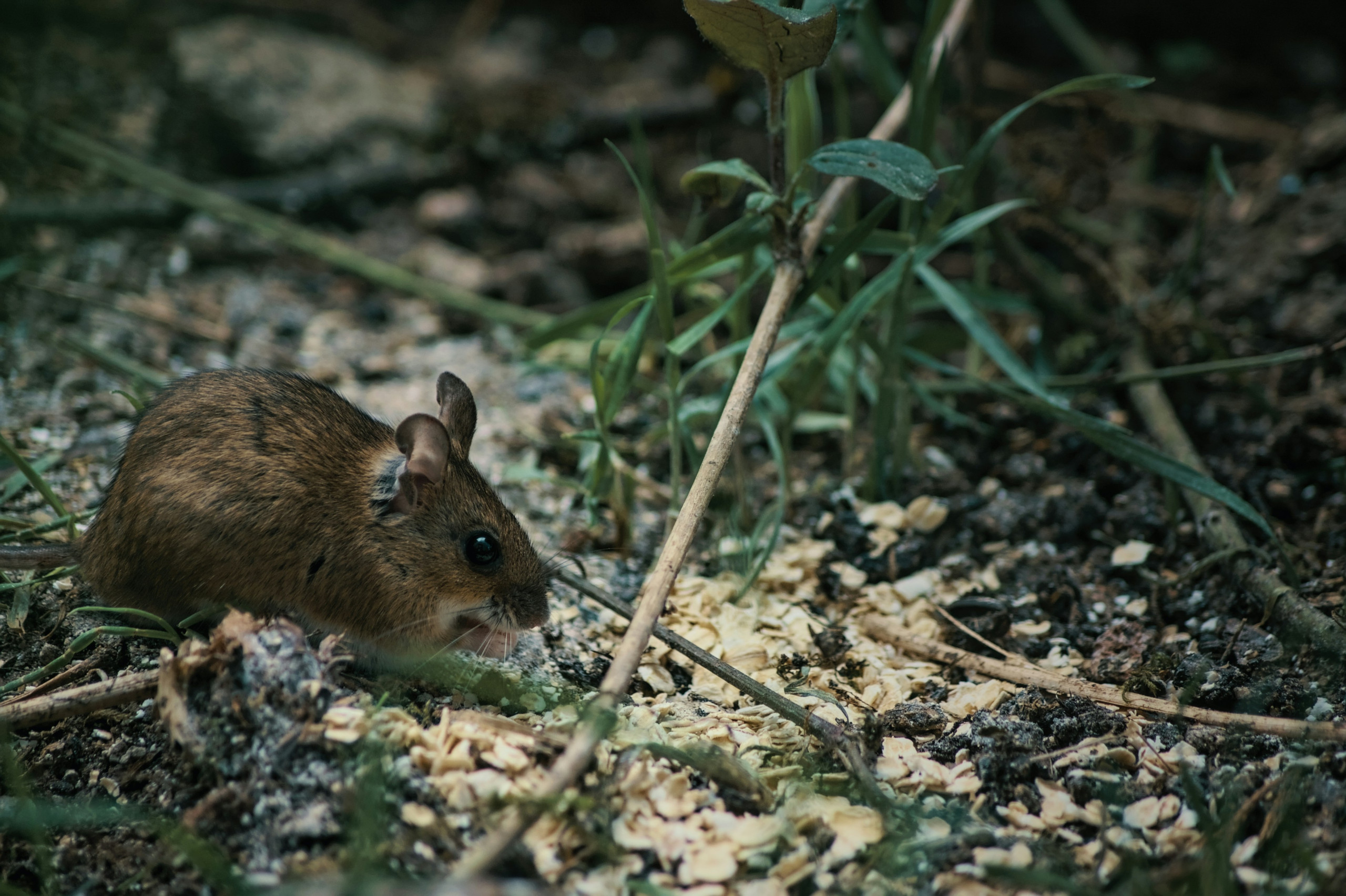 Deer mice, named for their brown and white coloring similar to that of a deer, are one of the primary carriers of hantavirus in North America. These rodents often seek shelter in quiet, undisturbed areas like basements, attics or sheds. To help reduce the risk of exposure, it’s a good idea to seal small openings in your home and store food securely. Maintaining clean, well-ventilated spaces and using proper precautions when cleaning areas where rodents may have been can also help minimize potential health risks.
Deer mice, named for their brown and white coloring similar to that of a deer, are one of the primary carriers of hantavirus in North America. These rodents often seek shelter in quiet, undisturbed areas like basements, attics or sheds. To help reduce the risk of exposure, it’s a good idea to seal small openings in your home and store food securely. Maintaining clean, well-ventilated spaces and using proper precautions when cleaning areas where rodents may have been can also help minimize potential health risks.
Histoplasmosis: Protect Your Lungs
The Centers for Disease Control and Prevention (CDC) defines Histoplasmosis as a lung infection caused by the fungus Histoplasma capsulatum, which is commonly found in soil containing bird or bat droppings. The infection occurs when people breathe in airborne fungal spores, often released when contaminated soil or dust is disturbed. Individuals who work in construction, agriculture or spend time in outdoor or rural environments are at higher risk of encountering these spores.
Mild cases of Histoplasmosis may go unnoticed or resemble common respiratory illnesses, while more severe cases can lead to symptoms such as fever, chills, dry cough, fatigue and body aches. In rare instances, the infection can become chronic or spread to other parts of the body.
Because fungal spores are not visible to the naked eye, it can be difficult to know when they are present. One helpful tip is to be cautious around damp soil that contains bird droppings or guano, which are common habitats for the fungus. Bird droppings often appear white due to uric acid, while bat guano is typically darker and brittle. Wearing gloves and a face mask when working in potentially contaminated areas can help reduce exposure. If symptoms develop after such exposure, seeking medical advice is recommended.
If you suspect a space may be contaminated or are unsure how to safely clean up droppings or disturbed soil, it’s a good idea to contact the professionals at Go Pro Wildlife Removal. We have the training and equipment to handle these situations safely and effectively.
Raccoon Roundworm: Watch Out for Bandits
Raccoon roundworm is a parasite found in the intestines of raccoons. The worms lay eggs that are passed in raccoon feces. These eggs become harmful after a few weeks and can spread through soil, water or objects. People can get sick if they unknowingly swallow the eggs.
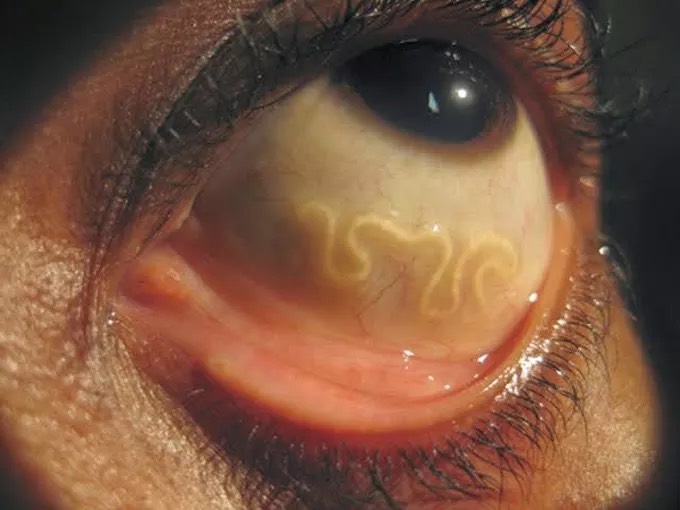 In rare cases, the parasite can travel through the body and affect the eyes, brain or other organs. Symptoms may include tiredness, nausea or more serious issues like eye pain, vision problems or even blindness.
In rare cases, the parasite can travel through the body and affect the eyes, brain or other organs. Symptoms may include tiredness, nausea or more serious issues like eye pain, vision problems or even blindness.
Children are most at risk because they often put their hands or toys in their mouths after playing outdoors. To stay safe, wear protective gloves when working in soil and always wash your hands afterward. Keep raccoons out of your attic, basement and yard by securing trash and closing off entry points. Signs of raccoons include small hand-like footprints and scattered garbage.
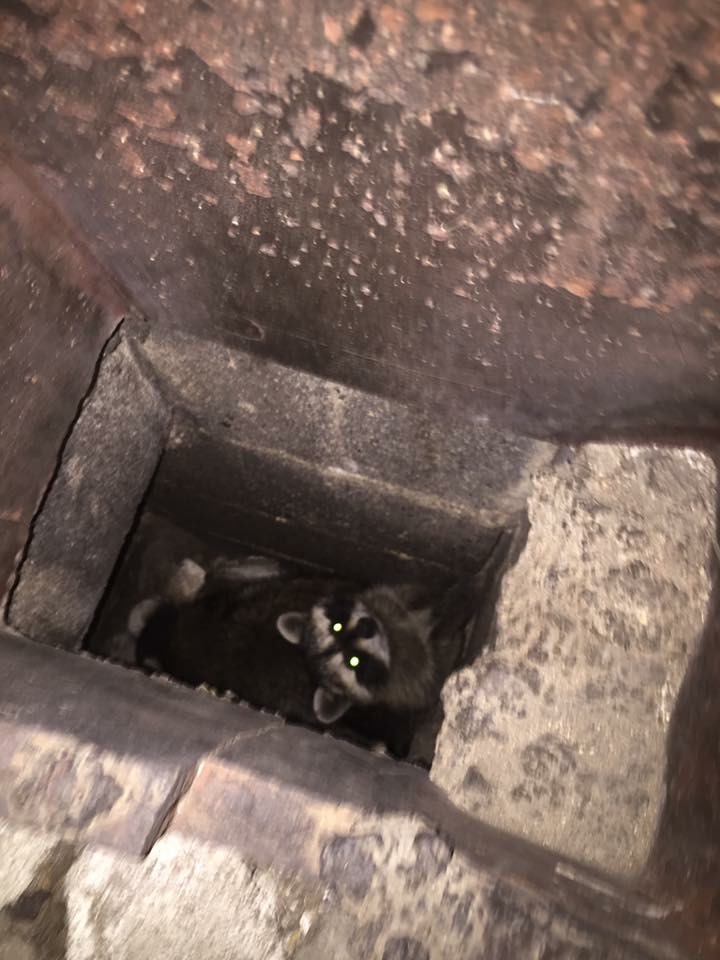 If you think raccoons are nearby or find droppings, don’t try to clean it up yourself. Call the experts at Go Pro Wildlife Removal to handle it safely.
If you think raccoons are nearby or find droppings, don’t try to clean it up yourself. Call the experts at Go Pro Wildlife Removal to handle it safely.
Why You Should Go with the Pros
Go Pro Wildlife Removal specializes in the exclusion and humane removal of wildlife from your home. Our goal is to keep animals out for good while reducing the risk of disease and damage.
We offer services like bat exclusions, where our team finds how bats are getting in and seals those entry points. For raccoon removal, we use safe and effective methods—like applying male raccoon pheromones—to encourage females to leave attics on their own.
Our work doesn’t stop there. We also provide remediation services to clean and disinfect areas like attics after wildlife has been removed, making sure your space is safe and sanitary and no remnants are left behind.
If you’re dealing with unwanted wildlife, let the pros handle it. Go Pro Wildlife Removal is here to help—safely, humanely and effectively.
Bat Exclusion Services for Six-Story Building in Capitol Heights, Montgomery, Alabama
In a six-story housing complex located in the Capitol Heights area of Montgomery, AL, a resident discovered a bat in the lobby. After contacting Go Pro Wildlife Removal for assistance, the team uncovered a colony of bats living between the building’s exterior and interior walls. Go Pro Wildlife Removal successfully removed the bats harmlessly from the structure, without causing disruptions to the building’s residents. Read our case study to learn more about Go Pro Wildlife’s expertise in exclusions.
Contact Info
Contact Go Pro today! We offer wildlife removal solutions in Auburn, Opelika, Lake Martin, Valley, Montgomery, AL and Columbus, GA areas.
Phone: (334) 744-0391
Hours: Open 9:00 am – 5:00 pm

